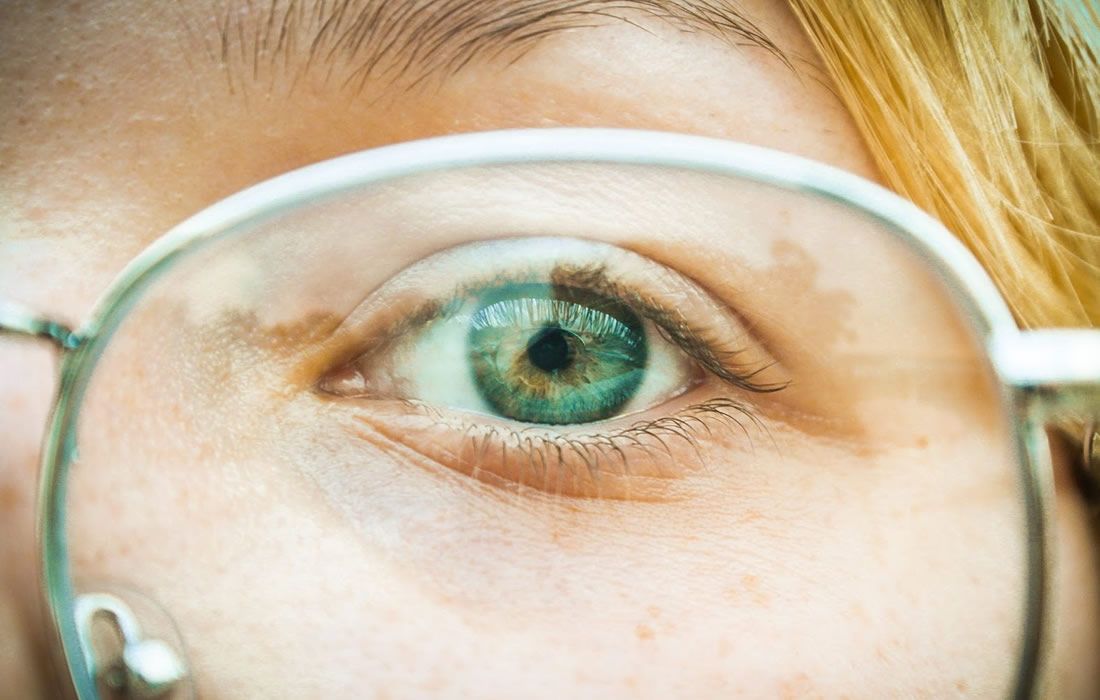Regenerative Medicine News and General Information
Breakthroughs in the Treatment of Age-Related Macular Degeneration
Researchers have developed a light-activatable prodrug nanomedicine for age-related macular degeneration (AMD) therapy. Through the intravenous injection of the nanomedicine and application of light irradiation to diseased eyes, anti-angiogenic and photodynamic combination therapy can be activated, offering a minimally invasive alternative for the treatment of AMD and other ocular disorders characterized by abnormal blood vessel growth.
Currently, intravitreal injections of antibodies against vascular endothelial growth factor are the first-line treatment for wet AMD.
However, this invasive procedure is uncomfortable for patients, and carries the risk of serious ocular complications, such as endophthalmitis and retinal detachment.
Therefore, there is an urgent need for novel formulations that enable the delivery of anti-angiogenic agents into the eye without an intravitreal injection, such as intravenous injection.
Additionally, anti-angiogenic agents have limited efficacy in regressing existing neovascularization.
Photodynamic therapy (PDT) offers a clinical solution by utilizing non-toxic photosensitisers activated by specific wavelengths of light to generate reactive oxygen species (ROS), which can damage and obliterate neovascularization.
PDT is widely used for the treatment of polypoidal choroidal vasculopathy, a common subtype of wet AMD in Asia.
Therefore, combining anti-angiogenesis therapy with PDT may offer a more effective approach to treating wet AMD, thus helping slow down the progression of the disease and improve the vision outcome for patients.
Research methods and findings
The research team designed a novel photoactivatable prodrug nanosystem.
After a single intravenous injection of the nanoparticles into a choroidal neovascularization mouse model, red-light irradiation of the mouse’s eye activated the nanoparticles to generate ROS, which not only causes the regression of abnormal neovascularization, but also triggers the release of anti-angiogenic drugs from the nanoparticles to inhibit the growth of new blood vessels.
This combinational therapy demonstrated excellent therapeutic efficacy without any noticeable systemic or ocular side effects.
Sources:
Materials provided by The University of Hong Kong. Note: Content may be edited for style and length.
Shuting Xu, Kaixuan Cui, Kaiqi Long, Jia Li, Ni Fan, Wai‐Ching Lam, Xiaoling Liang, Weiping Wang. Red Light‐Triggered Anti‐Angiogenic and Photodynamic Combination Therapy of Age‐Related Macular Degeneration. Advanced Science, 2023; 10 (31) DOI: 10.1002/advs.202301985
The University of Hong Kong. “Breakthrough in photoactivatable nanomedicine for the treatment of age-related macular degeneration.” ScienceDaily. ScienceDaily, 5 December 2023. <www.sciencedaily.com/releases/2023/12/231205114811.htm>.
Images:
Photo by Sean Patrick
https://www.pexels.com/photo/close-up-photography-of-eye-1069588/

